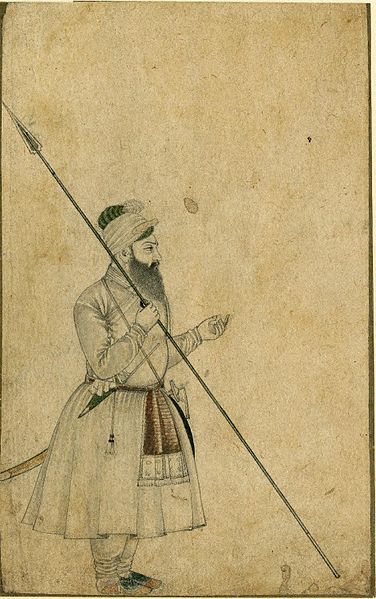The Scholae Palatinae were an elite military imperial guard unit, usually ascribed to the Roman Emperor Constantine the Great as a replacement for the equites singulares Augusti, the cavalry arm of the Praetorian Guard. The Scholae survived in Roman and later Byzantine service until they disappeared from the historical record in the late 11th century, during the reign of Alexios I Komnenos.
Emperor Justinian I and his court, from the Basilica of San Vitale in Ravenna. The soldiers left, with the golden neck-torques typical of Byzantine guardsmen, are scholares.
The insignia of the Western scholae, from the Notitia Dignitatum.
The insignia of the Eastern scholae, from the Notitia Dignitatum.
Palatine insignia on the shields of the soldiers in the Arrest of Christ on the Brescia Casket, late 4th century.
An imperial guard or palace guard is a special group of troops of an empire, typically closely associated directly with the emperor or empress. Usually these troops embody a more elite status than other imperial forces, including the regular armed forces, and maintain special rights, privileges and traditions.
Praetorian guardsmen featured in a marble relief from the Arch of Claudius (51/52 AD)
Sawar Khan, one of the Imperial Guards of the Mughal Emperor Shah Jahan
Household Troops: Janissaries of Sultan Murad IV







